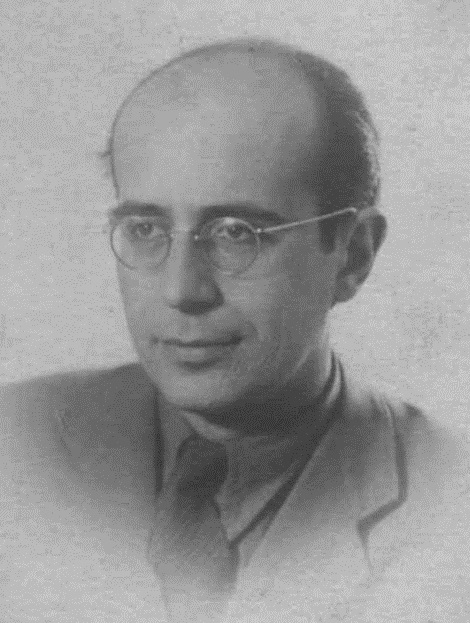 |
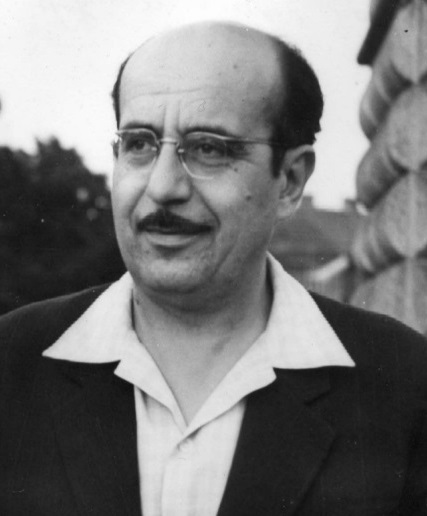 |
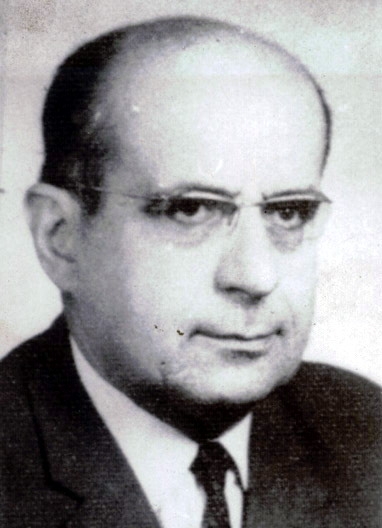 |
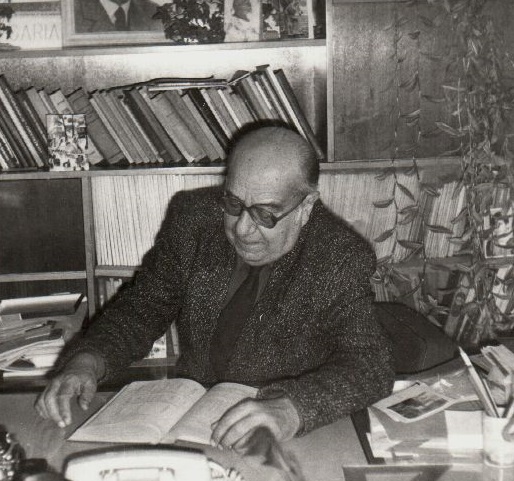 |
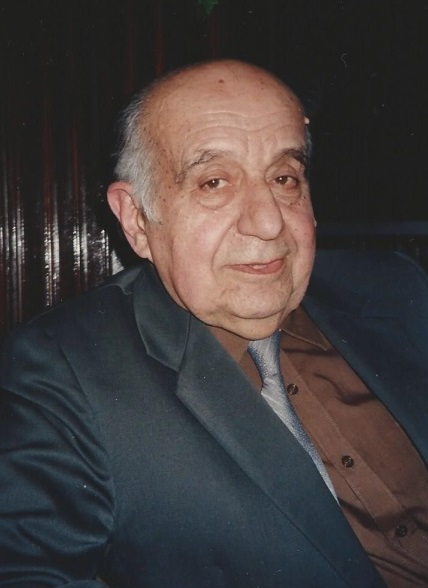 |
ONE OF THE PILLARS OF
THE BULGARIAN GEOPHYSICS
THE BULGARIAN GEOPHYSICS
Ivan-Assen Nikolov Petkov was born on November 1, 1915 in the Bulgarian capital Sofia, in a family of intellectuals with interests in science, music and sports. His father, Nikola Petkov, was a mechanical engineer, who graduated from the Polytechnics of Munich (Germany) in 1905. His mother, Ruska Kolarova-Petkova, was the daughter of Mihail Kolarov, an Eastern railway commissary in Plovdiv and the author of Eastern Railway, a book published in 1891.
Ivan-Assen Petkov graduated with honors in 1934 from the 2nd All-Male Secondary School in Sofia. In 1938 he completed his university education, graduating from the Faculty of Physics and Mathematics, Sofia University, in the specialties of Mathematics and Physics. He worked as a radio-engineer for three years in ELFA, an engineering company. In 1941 Ivan Petkov become an assistant at the Department of Astronomy, State Geographic Institute of the Military Ministry. The head of the department at that time was Vladimir Hristov, who later became a good friend of Petkov. They collaborated over the following six decades, starting with the first relative measurements of the gravity force in Bulgaria, using a pendulum apparatus, Askania, the most precise device at the time. Until 1946 they worked together on many topics in the field of gravimetry: developing a basic gravimetric network in Bulgaria, using 23 measurement points; establishing the Sofia gravimetric station in the basement of the former Faculty of Agronomy, Sofia University (now the Faculty of Biology); launching three more stations in Kyustendil, Gorna Dzhyumaya (now Blagoevgrad), and Petrich; and developing a gravimetric polygon with points at the Faculty of Agronomy and at Dragalevtsy Monastery, with 400 meters of elevation difference, and operating it for the purpose of gravimetric calibrations in the following decades.
In early 1947 Petkov took a position at the Department of Geophysics, Administration for Mining and Geological Research, which was established with the specific purpose to search and explore for natural resources. He was soon sent to Moscow, in order to specialize in seismic survey methods. After his return to Bulgaria in 1948, he became involved in the regional gravimetric and magnetic mapping of Bulgaria, at a scale of 1:500,000. In the period 1949-1950, Petkov directed the first seismic surveys in Bulgaria, introducing the method of seismic head waves. The first investigation of this type was conducted in the area of Lom, in order to explore the local geological structure and oil and gas deposits.
The 1950s marked a period in Petkov's life of intense field work, theoretical research and interpretation efforts. He led numerous comprehensive seismic exploration campaigns to study the Provadiya salt body (1951), carbon deposits in the Burgas depression (1951), the Tyulenovo oil deposits (1952), mineral and carbon exploration and geological research in Tracia Valley (1953-1954), and exploration in many other areas. He became the head of a thematic Geophysics group for seismic exploration, engaged in mapping of various geophysical fields and properties and interpretation of geophysical data. Petkov also participated in research efforts related to seismicity and microseismic zoning of Bulgaria, for the purpose of designing earthquake-resistant buildings.
In 1953 Ivan Petkov became a part-time lecturer teaching the first courses in Gravimetry and Seismometry to students at the Faculty of Physics, Sofia University. In 1957 he started teaching the first course in General (Global) Geophysics at the Faculty of Geology and Geography, Sofia University.
In 1958, a collaborative agreement was signed between the Bulgarian Academy of Sciences and the Academy of Sciences of the former German Democratic Republic. Petkov led the Bulgarian team and together with the German team led by Dr. K. Elstner, in the period 1958-1959 measured for the first time the absolute value of the gravity force in Bulgaria. The measurements were carried out using pendulum gravimetric connections between the gravimetric station in Sofia and that in Potsdam (Germany), which is part of the world gravimetric network. In the period 1959-1960 Petkov organized the first aerial high-precision gravimetric measurements in Bulgaria. These two unique gravimetric experiments were of fundamental importance for the study of the Earth structure, the solution of geodetic problems, military applications, exploration for natural resources, and other geophysical applications.
In 1961 Petkov became an Associate Professor at the Faculty of Physics of Sofia University. He established the Geophysics subdivision under the Department of Meteorology and Geophysics. The same year he also became a Senior Research Associate at the Geological Institute, Bulgarian Academy of Sciences, where he founded the Geophysics Department, the first organization in Bulgaria in the field of Applied Geophysics. Petkov became a Full Professor in 1968. The same year he published the first part of his textbook Global Geophysics I - Seismology and Seismic Exploration of the Earth's Crust. Three years later the second part of the textbook was published, Global Geophysics II - Earth's Shape, Gravimetry, Geomagnetism, Geoelectricity, Geothermy and Radioactivity. These two volumes remain the basic textbooks used by Geophysics students, as well as by researchers in other fields of Earth Sciences.
In addition to teaching, Prof. Petkov studied and solved numerous theoretical problems in seismic kinematics. His theoretical work included: solving the forward and inverse problems in seismic kinematics for the investigation of the structure of elastic media (Earth's crust); developing the theory to determine velocities and geometrical parameters in multilayered media, using seismic reflected and head waves; investigating 3D bodies and cylindrical surfaces, as related to problems in mineral exploration; developing the theory for analysis of the propagation of seismic waves propagation in a media with velocity gradients; and developing the theory used in seismic surveys. These fundamental theoretical works of Petkov were published in 1976 by the Bulgarian Academy of Sciences in the monograph A Contribution to the Theory of Solving the Forward and Inverse Seismic Kinematics Problem.
Prof. Petkov led numerous research teams in solving various Applied Geophysics problems in Bulgaria. Among the subjects of these studies were: seismic surveys in various parts of Bulgaria (1951-1956); magnetic and gravimetric surveys in northern Bulgaria (1960-1963); pioneering use of gravimetric measurements to determine the thickness of the Earth's crust in Bulgaria (1962); compilation of a Gravimetric Map (Bouguer anomalies) for the territory of Bulgaria, scale 1:200,000 (1966-1971); compilation of a Tectonic Map for the territory of Bulgaria, scale of 1:200,000 (1963-1972); exploration of the geological structure of the Sofia area using complex geophysical methods and drilling for the purpose of seismic microzoning (1968-1969); seismotectonic studies of Bulgaria in the framework of the Balkan Seismologic Project, UNDP/UNESCO (1971-1974); and seismic hazard (1979-1980).
Prof. Petkov was a multi-talented researcher, who was very productive and made his mark in many fields of the Earth's sciences. A predominant feature of his scientific activities was the complex approach to the problems in geophysics. He was the author and co-author of fourtheen monographs and thematic volumes, as well as of numerous scientific publications, review papers, and popular science articles. His works were published in well-known national and foreign journals in five languages (Bulgarian, Russian, German, French and English). Petkov's work is still highly appreciated by the geophysical, geological and geodetic national and international communities.
Along with his scientific work, Prof. Petkov demonstrated significant managerial and social skills. He was a long-term head of the Geophysics subdivision of the Department of Meteorology and Geophysics at the Faculty of Physics, Sofia University. In the period 1975-1979 he was the Vice-Dean of the Faculty of Physics. Prof. Petkov founded and directed the Central Scientific Laboratory of Applied Geophysics. He was the chairman of the National Committee of Geodesy and Geophysics for 15 years (1977 - 1991) and was his permanent member since its foundation. Other than his continued involvement with the Faculty of Physics, Sofia University, he was a member of the scientific councils of various institutions of the Bulgarian Academy of Sciences, such as the Geophysical Institute (at present, National Institute of Geophysics, Geodesy and Geography), Geological Institute, Central Laboratory of Advanced Geodesy, Unified Center for Earth Sciences, Scientific Research Institute for Natural Resources, and the Higher Attestation Commission. He was a member of the editorial boards of three scientific journals, Advanced Geodesy, Bulgarian Geophysical Journal, and Geologica Balkanica. Prof. Petkov was an honorary member of the Bulgarian Physical Society (since 1989, Union of the Physicists in Bulgaria) and a highly respected member of the Bulgarian Geophysical Society. He received prestigious awards and prizes for his extensive scientific and social activities, such as the Cyril and Methody medal First Class in 1965 and People's Orden of Labor (golden) in 1975.
Prof. Petkov extensively participated in international activities, to the extent this was possible at the time. He lectured in the Freiberg Mining Academy in the former German Democratic Republic, the Royal Institute of Technology (Stockholm, Sweden), the University of Uppsala (Sweden), and other foreign institutions. He actively participated in the work of the International Union of Geodesy and Geophysics (IUGG), the Cooperative Association between the Academies of Sciences of the countries from central and eastern Europe Planetary Geophysical Investigations (CAPG), the European Seismological Commission (ESC), and other organizations.
Prof. Petkov was a very active member of various scientific associations and unions. He worked in the Students' Scientific Association, the Scientific Technical Union of Mining, Geology and Metallurgy, and the Union of Scientific Workers in Bulgaria. He participated actively in social life and in the period 1966-1971 was elected as a town councilor in the Vasil Levski district of Sofia.
Prof. Petkov spoke German and Russian fluently, loved music, and played the piano. He loved sports, and skied and played football and tennis even in his advanced years. He had a great sense of humor and was a wise, sociable and benevolent person. Prof. Petkov was also a devoted family man, married to Yanka Dolchinkova-Petkova. She was also born in 1915, and was a classmate of his in Sofia University. She worked as a school teacher of Philosophy and French. Their two children, Assoc. Prof. Nikolay Petkov (a retired geologist) and Ljudmila Petkova-Milenova (a geographer, currently the director of the Remote Sensing Application Center - ReSAC) followed in their father's steps in the Earth sciences. Prof. Petkov was also a loving grand-father of three, his grand-daughter Assia Petkova and two grand-sons, Pavel Milenov and Lyuben Petkov.
Prof. Ivan-Assen Petkov, passed away in Sofia, at age 90, on December 18, 2005. He will be remembered as a prominent scientist, pioneering researcher, and outstanding lecturer. He will also remain highly respected for his great human qualities, such as wisdom, modesty, honesty and endless enthusiasm.
V. Kotseva, R. Raykova
Edited: D. Power, M. Eneva
2015
Edited: D. Power, M. Eneva
2015